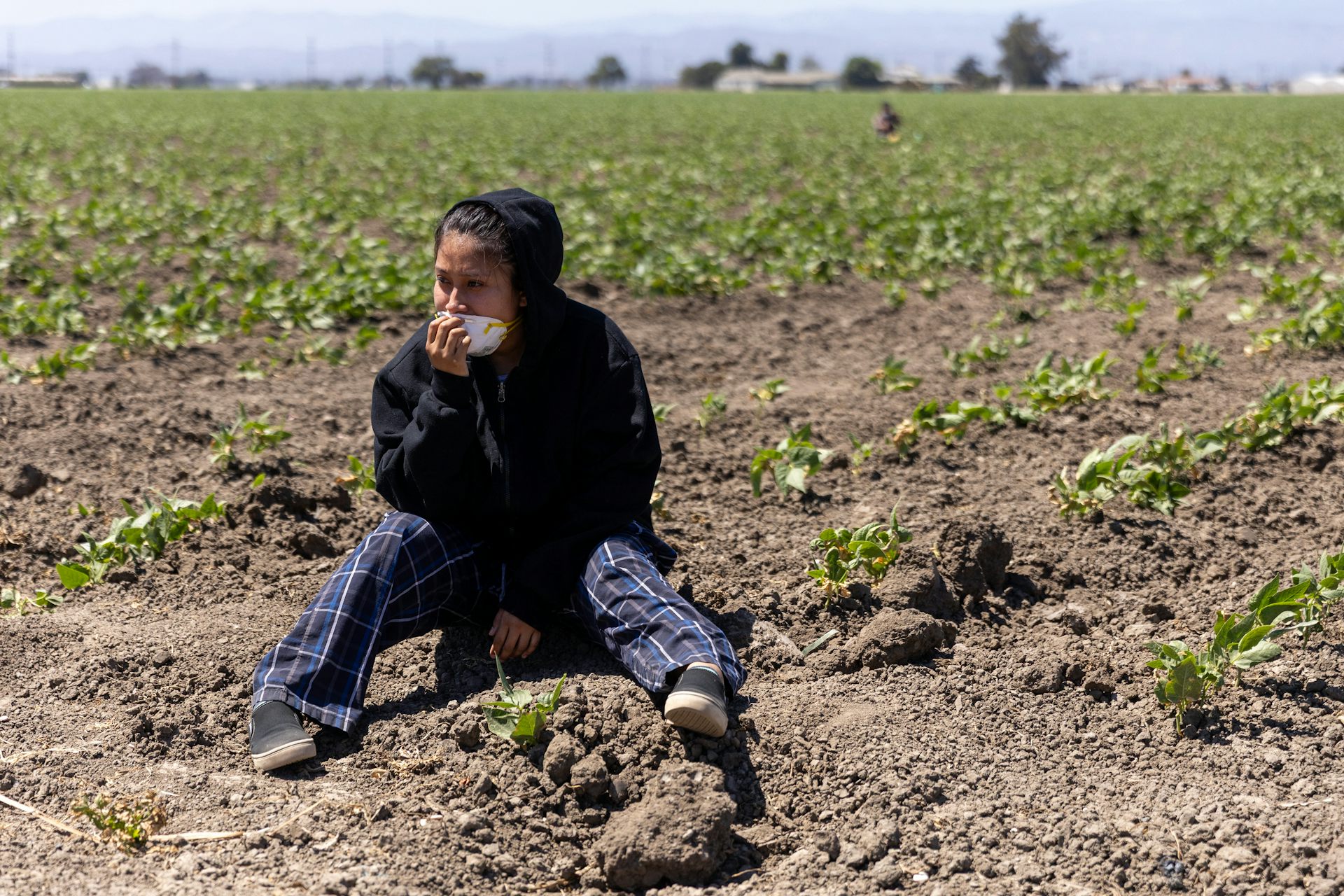Detroit parents face fines if their children break curfew − research shows the policy could do more
The fines of $250 for a first offense and $500 for a second hit low-income families the hardest.

Detroit is seeing declines in violent crime, but 33% more young people were victims of gun violence in the city so far in 2025 compared with the previous year, according to local police.
Mayor Mike Duggan and the Detroit Police Department responded by introducing the Summer Teen Safety Violence Prevention Plan in July 2025. As part of the plan, city leaders promised to increase curfew enforcement. Year-round, teens must abide by curfews of 10 p.m. or 11.p.m., depending on their age.
Also in July, the Detroit City Council voted to raise the fines parents will face if their children violate curfew to US$250 for a first offense and $500 for a second offense. Before the vote, parents were fined $75 for the first offense and $100 for the second, an amount that hadn’t been changed for decades.
I am a developmental psychologist and associate professor in the School of Criminal Justice at Michigan State University, where I study how juvenile justice policy affects children and families.
While the curfew and fines are designed to deter crime by encouraging parents to keep a closer eye on their kids, research suggests it could instead worsen economic hardship and existing inequities among vulnerable families.
I believe that understanding youth crime through the lens of adolescent development offers communities more promising ways forward.
Parents play key role
Parents matter. Evidence shows strong parental involvement reduces youth crime. Parents who know what their children are doing, who their friends are and where they are spending their time are more likely to keep them out of criminal or dangerous situations.
At the same time, adolescence is a period when young people work to develop independent identities. Research shows that parents balance this transition most effectively not through surveillance but through showing genuine interest in their children’s lives, setting fair boundaries and staying connected.
Many people believe that teens value peers’ opinions more than their parents’. But the evidence shows that teens adopt the values and attitudes of caring parental figures, including their attitudes about the law.
The fact that parents have such a strong influence over delinquency makes the question of legal parental responsibility particularly important.
What does the law say?
In the United States, parents may be held legally responsible for their children’s actions through civil and – in rare cases such as the Ethan Crumbley case – criminal liability. Crumbley’s parents were found guilty of involuntary manslaughter tied to a 2021 school shooting carried out by their son.
Fines like the ones imposed on Detroit parents for their children’s curfew violations are usually status offenses – behaviors that are illegal only because of a child’s status as a minor. Examples include consistently missing school, running away, underage drinking and curfew violations. The goal of curfews is to prevent delinquency late in the evening, although a systemic review of relevant research suggests that youth curfews have no effect on crime.
When minors are charged with a status offense, parents are automatically implicated. However, the role that parents play legally varies by state. Some states, including Michigan, impose purely punitive sanctions such as fines or jail time. Others, like Connecticut, combine culpability with parental support programs.
Do parental responsibility laws work?
Despite widespread use, there’s little evidence to support the idea that parental responsibility laws deter delinquency. Instead, they may produce unintended harms.
Three challenges limit their effectiveness.
First, my own research finds that parents, particularly those from disadvantaged backgrounds, often lack knowledge of juvenile justice laws and processes. Parents cannot prevent or respond to violations they do not fully understand.
Second, fining parents for curfew violations may put extra financial pressure on families that are already struggling. These fines are based on the idea that parents aren’t supervising their children well enough. In reality, even caring and attentive parents may not be able to stop a teenager from breaking curfew if they’re working late or juggling multiple jobs. Families that can least afford these fines are hit the hardest, making their financial situation even worse. On top of that, fines can damage relationships between parents and kids, and add stress and stigma to the household.
Third, punishing parents with fines can make existing inequalities worse, since youth from disadvantaged backgrounds are more often cited for minor offenses such as curfew violations.
These penalties especially affect single mothers of color who already face poverty, heavy policing in their community and accumulated disadvantage from loss of generational wealth after decades of earning lower incomes.
Why do kids engage in crime?
Finding appropriate solutions to youth crime necessitates understanding why youth engage in crime in the first place.
Neuropsychological research shows that teens are more prone to risk-taking because their brains are still developing. This fact was acknowledged by the U.S. Supreme Court in Roper v. Simmons and Miller v. Alabama, which protect minors from execution and mandatory life sentences.
Compared to adults, young people are less able to weigh long-term consequences, resist peer pressure, regulate emotions and control impulses. At the same time, their brains are especially sensitive to novelty and social rewards. This combination means that, in emotionally charged situations, teens may engage in risky or even harmful behavior despite potential consequences.
What policies show promise?
Policies are most effective when they align with developmental science.
Research shows community-based programs, multisystemic therapy, risk-needs assessments and restorative justice work to reduce recidivism.
These approaches involve family and community resources, strengthen skills for adult life, and foster accountability without the added harms of punitive sanctions.
Positive parent-child relationships are critical to keep children out of crime. My research finds that high-quality parent-child relationships reduce first-offense recidivism, but the effect can erode with repeated offending.
This work highlights the need for rehabilitative interventions that strengthen – rather than burden – parent-child relationships. For example, research finds that family-focused programs that teach parenting strategies improve youth outcomes during and after court involvement.
Adolescents’ brains are still maturing, making them prone to impulsivity, sensation-seeking, and reward-driven behavior. While these tendencies can lead to harmful behavior such as crime, they can also take positive forms such as pushing limits in sports or getting on stage in the school play.
Community-based programs that offer safe, supportive spaces can redirect youths’ natural risk-taking into positive outlets. Activities that capitalize on strengths, such as the arts, sports and clubs, foster belonging and purpose while reducing isolation and reliance on antisocial peers.
Caitlin Cavanagh receives funding from the National Science Foundation and the American Psychological Foundation. She is the Treasurer of the Lansing Board of Education.
Read These Next
As US hunger rises, Trump administration’s ‘efficiency’ goals cause massive food waste
Despite the administration’s claim of streamlining the government to make its operations more efficient,…
A year on, the Israeli-Lebanese ceasefire looks increasingly fragile − could a return to cyclical vi
Since the start of the truce on Nov. 27, 2024, there have been thousands of Israeli violations inside…
George Plimpton’s 1966 nonfiction classic ‘Paper Lion’ revealed the bruising truths of Detroit Lions
George Plimpton, then a 36-year-old literary editor, endured the brutal realities of a professional…





